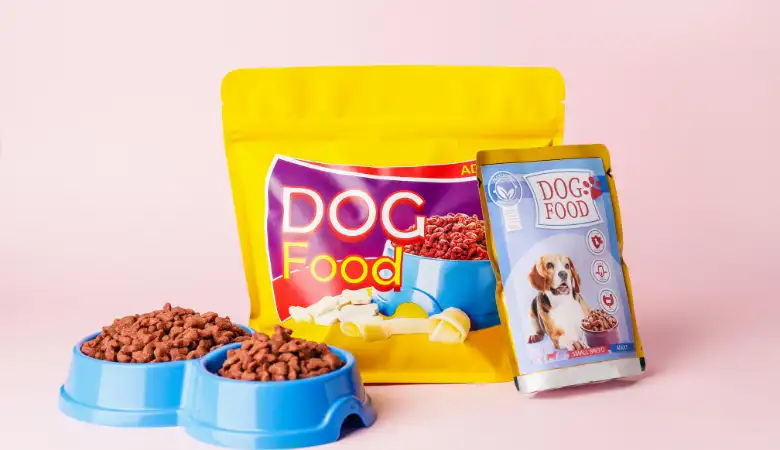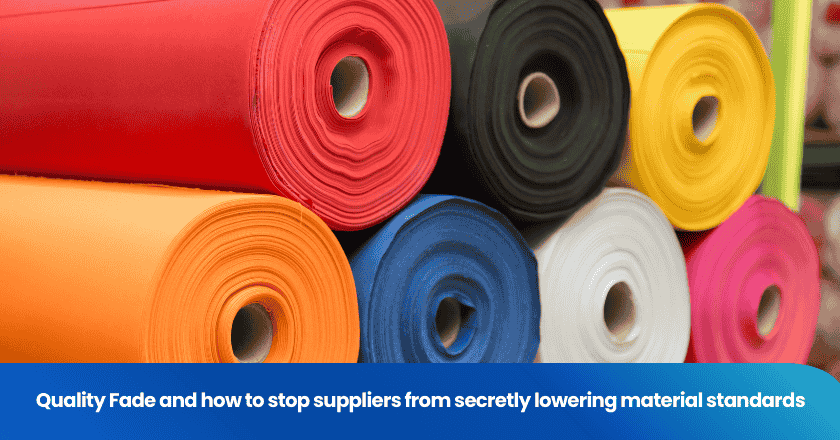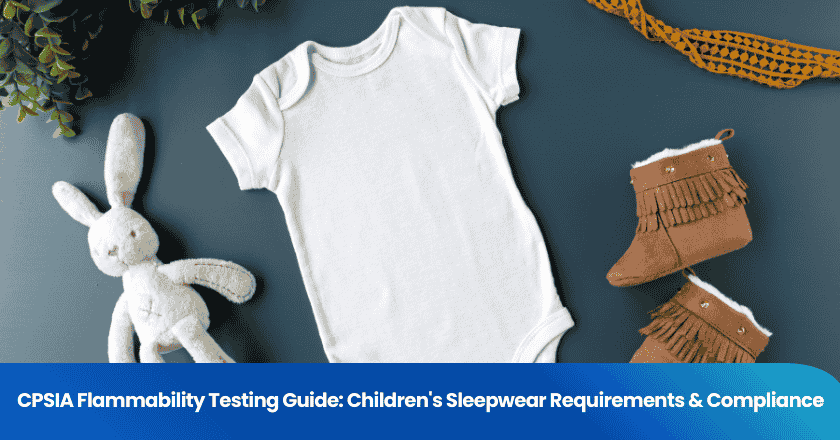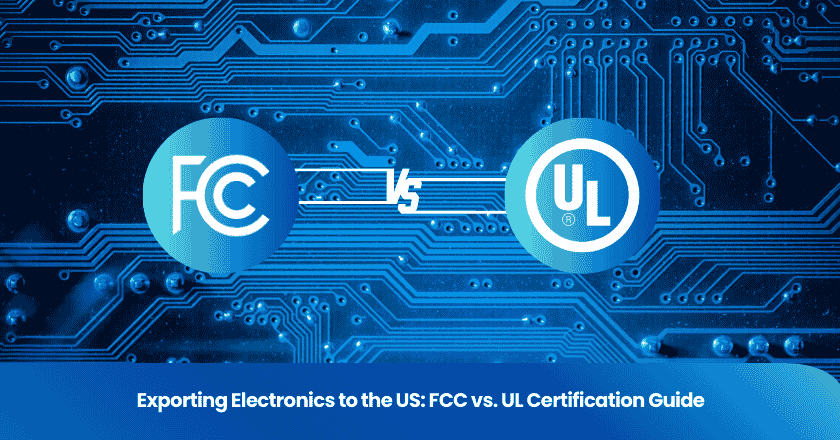
Pet food quality control ensures that every meal meets strict quality and safety standards. Companies check each process, from ingredient sourcing to packaging, to maintain high quality. New technology in 2025, such as real-time monitoring and digital tracking, helps improve the process. High-quality pet food supports a pet’s health and well-being. Pet owners should look for clear quality control measures to guarantee the best nutrition and quality for their pets.
Key Takeaways
• Pet food quality control starts with choosing safe, trusted suppliers and checking ingredient freshness and safety.
• Precise measuring and mixing of ingredients ensure pet food meets nutritional needs and supports pet health.
• Cooking and drying processes kill harmful bacteria and keep food fresh, tasty, and safe for pets.
• Regular testing during production and after packaging helps catch contamination early and maintain high quality.
• New technology like digital traceability and fast DNA tests improve safety, transparency, and quick problem solving.
Ingredient Sourcing
Supplier Selection
Pet food production starts with careful supplier selection. Companies look for suppliers who follow good manufacturing practices. These practices help ensure that ingredients meet strict safety and quality standards. Teams often visit supplier facilities to check their processes. They review records and test samples to confirm that suppliers use safe methods. Many companies require suppliers to provide certificates that show compliance with food safety rules. This step reduces the risk of unsafe ingredients entering pet food production.
Tip: Companies often build long-term relationships with trusted suppliers. This approach helps maintain consistent quality and supports transparency in the supply chain.
Raw Material Quality
Raw material selection plays a key role in pet food production. Teams check each batch of ingredients for freshness, purity, and nutritional value. They use good manufacturing practices to test for contaminants like bacteria, mold, or heavy metals. Quality control experts measure protein, fat, and moisture levels to match recipe needs. They reject any ingredients that do not meet strict standards. This careful process ensures that only high-quality ingredients enter the next stage of production.
A typical raw material quality checklist includes:
• Visual inspection for color and texture
• Laboratory testing for contaminants
• Verification of nutritional content
• Review of supplier documentation
By following these steps, companies protect pets from harmful substances and support their health. Good manufacturing practices and strict ingredient checks form the foundation of safe, nutritious pet food.
Formulation and Mixing
Recipe Accuracy
Recipe accuracy stands as a critical step in pet food production. Teams measure each ingredient with precision to ensure the final product meets strict nutritional quality standards. They use digital scales and automated systems to weigh ingredients. This process helps maintain consistency in every batch. Accurate recipes support the nutritional quality of pet food by delivering the right balance of protein, fat, and carbohydrates. Workers check ingredient lists before mixing to confirm that only approved items enter the blend. They also monitor the digestibility of dog food by selecting ingredients that break down easily in a pet's digestive system. Consistent recipe accuracy leads to reliable nutrition and high quality in every serving.
Note: Accurate recipes help prevent nutrient imbalances that could affect a pet’s health.
Nutritional Specifications
Nutritional specifications guide the formulation process. Nutritionists set clear targets for protein, fat, fiber, vitamins, and minerals. These targets ensure the nutritional quality of each batch. Teams review scientific research to match the latest standards for pet nutrition. They select ingredients that provide essential nutrients and support overall health. Quality control experts test samples during mixing to verify that the blend meets nutritional quality requirements. They use laboratory analysis to check for nutrient levels and adjust the formula if needed. This attention to nutritional quality helps deliver complete and balanced nutrition in every meal. Teams document each step to maintain transparency and traceability.
A typical nutritional quality checklist includes:
• Protein and fat content verification
• Vitamin and mineral analysis
• Ingredient source confirmation
• Batch record review
By following these steps, companies ensure the nutritional quality of pet food remains high and consistent.
Cooking and Extrusion
Safety and Palatability
Cooking and extrusion play a vital role in pet food production. These processes use heat and pressure to transform raw ingredients into safe, digestible food. Teams monitor temperature and time closely to ensure safety. High temperatures kill harmful bacteria and pathogens. This step protects pets from foodborne illnesses.
Palatability matters as much as safety. The extrusion process shapes the food and creates appealing textures. Teams test samples for taste and aroma. They use trained panels and animal feeding trials to measure acceptance. If pets enjoy the food, they are more likely to eat balanced meals. Consistent palatability supports good nutrition.
Tip: Regular testing during cooking and extrusion helps maintain both safety and taste in every batch.
Shelf Stability
Shelf stability ensures pet food remains fresh and nutritious over time. Teams control moisture levels during extrusion to prevent spoilage. Low moisture reduces the risk of mold and bacterial growth. They also add natural preservatives to extend shelf life.
Quality control experts check finished products for water activity and texture. They store samples under different conditions to test stability. If food stays safe and palatable, it passes the shelf stability test.
A typical shelf stability checklist includes:
• Moisture content measurement
• Water activity analysis
• Texture evaluation
• Storage testing
These steps help companies deliver pet food that stays safe and enjoyable until the last serving.
Drying and Moisture Control
Drying Methods
Drying stands as a key step in pet food production. Teams use drying to remove excess water from cooked food. This process helps prevent spoilage and extends shelf life. Several drying methods exist in modern facilities. The most common method uses hot air ovens. These ovens blow heated air over the food to evaporate moisture. Some facilities use tunnel dryers, which move food through a long chamber with controlled heat and airflow. Freeze-drying has gained popularity for certain products. This method freezes the food and then removes water by turning ice directly into vapor. Freeze-drying keeps more nutrients and flavor in the food.
Tip: Choosing the right drying method depends on the type of pet food and the desired texture.
A comparison of drying methods:
| Method | Key Feature | Common Use |
|---|---|---|
| Hot Air Oven | Even heat distribution | Kibble, treats |
| Tunnel Dryer | Continuous processing | Large-scale batches |
| Freeze-Drying | Nutrient preservation | Premium, raw diets |
Moisture Testing
Moisture testing ensures that pet food meets safety and quality standards. Teams collect samples from each batch after drying. They use laboratory equipment to measure moisture content. The most common tool is a moisture analyzer, which heats the sample and records weight loss as water evaporates. Some facilities use infrared sensors for rapid testing on the production line. Accurate moisture testing helps prevent mold growth and spoilage.
Quality control teams set strict moisture limits for each product. They reject any batch that exceeds these limits. Regular moisture testing protects pets by ensuring food stays fresh and safe.
Note: Proper moisture control supports both shelf life and nutritional value in pet food.
Quality Control in Pet Food Production
In-Process Checks
Teams in pet food production use in-process checks to maintain high safety and quality standards. Workers monitor each process step to ensure good manufacturing practices. They check equipment cleanliness and verify that machines operate at correct temperatures. These checks help prevent contamination by pathogens such as salmonella, listeria, and staphylococcus. Teams test samples for salmonella at several points during the process. They also look for staphylococcus aureus, which can cause foodborne illness. In-process checks include visual inspections, temperature readings, and rapid microbial tests. These actions help detect problems early and reduce the risk of salmonella outbreaks. Good manufacturing practices require teams to document every check. This record supports traceability and accountability in pet food quality control.
Tip: Frequent in-process checks help catch issues before they affect the final product.
Batch Sampling
Batch sampling stands as a key part of pet food quality control. Teams collect samples from each batch during pet food production. They test these samples for salmonella, listeria, and other contaminants. Batch sampling also checks for nutrient levels and moisture content. This process ensures that each batch meets safety and quality standards. Teams use laboratory analysis to detect salmonella and confirm that good manufacturing practices have been followed. If a sample tests positive for salmonella, the entire batch is held or discarded. Batch sampling also helps identify trends in the process, such as recurring contamination or changes in quality. Real-time monitoring tools now allow teams to track salmonella and listeria risks throughout pet food production. These steps protect pets and support ongoing improvements in safety and quality.
• Batch sampling checklist:
◦ Collect random samples from each batch
◦ Test for salmonella, listeria, and staphylococcus
◦ Analyze nutrient and moisture content
◦ Record and review results
Finished Product Testing
Nutritional Analysis
Nutritional analysis stands as a vital step in pet food quality control. Teams measure the nutritional quality of each finished batch. They use laboratory equipment to check protein, fat, fiber, and vitamin levels. This process ensures that every product meets the nutritional quality standards set during formulation. Teams perform nutritional analysis on random samples from each batch. They compare results to the target values for nutritional quality. If a sample falls outside the acceptable range, they investigate the cause.
Microbiological analysis also supports nutritional quality. Teams use microbiological analysis to check for changes in nutrient levels caused by bacteria. Salmonella can affect the nutritional quality of pet food by breaking down proteins and fats. Listeria and staphylococcus can also impact nutritional quality. Teams document every nutritional analysis to maintain transparency. They use the results to improve future batches and protect pet health.
Note: Consistent nutritional analysis helps companies deliver safe and balanced pet food.
Contamination Testing
Contamination testing protects pets from harmful bacteria. Teams use microbiological analysis to detect salmonella, listeria, and staphylococcus in finished products. Salmonella remains a top concern because it can cause illness in both pets and humans. Teams test every batch for salmonella using rapid microbiological analysis methods. They also check for listeria and staphylococcus aureus, which can survive in processed foods.
A typical contamination testing process includes:
• Collecting samples from finished products
• Performing microbiological analysis for salmonella, listeria, and staphylococcus
• Reviewing results and holding any batch that tests positive for salmonella
Microbiological analysis provides fast and accurate results. Teams repeat testing to confirm that salmonella does not enter the market. Staphylococcus and listeria testing also support food safety. Nutritional quality and safety go hand in hand. Reliable contamination testing ensures that pets receive food free from salmonella and other harmful bacteria.
| Test Type | Target Organism | Purpose |
|---|---|---|
| Microbiological analysis | Salmonella | Detect contamination |
| Microbiological analysis | Listeria | Ensure food safety |
| Microbiological analysis | Staphylococcus aureus | Prevent foodborne illness |
Record Keeping
Documentation
Accurate documentation forms the backbone of pet food quality control. Teams record every step in the production process. They keep detailed logs of ingredient sourcing, mixing, cooking, and packaging. These records help companies meet regulations and demonstrate regulatory compliance. Inspectors often review documentation to confirm that all safety checks follow current regulations. Teams update records after each batch. They include test results, cleaning schedules, and equipment maintenance logs. This level of detail supports transparency and helps identify any issues quickly.
Note: Good documentation makes it easier to respond to recalls or questions from authorities. It also shows a commitment to following regulations at every stage.
A typical documentation checklist includes:
• Ingredient batch numbers
• Test results for contaminants
• Cleaning and maintenance records
• Employee training logs
Traceability
Traceability allows companies to track every ingredient from its source to the finished product. This process supports fast responses if a problem arises. Teams assign unique codes to each batch. These codes link ingredients, production dates, and test results. Regulations require companies to maintain traceability systems that meet strict standards. If a safety issue occurs, traceability helps identify affected products and remove them from the market quickly.
A traceability table might look like this:
| Batch Code | Ingredient Source | Production Date | Test Results | Distribution Area |
|---|---|---|---|---|
| 2025A01 | Supplier X | 2025-03-10 | Passed | Northeast |
| 2025A02 | Supplier Y | 2025-03-11 | Passed | Midwest |
Traceability systems support regulatory compliance and help companies follow all regulations. They also build trust with pet owners by showing a clear path from farm to bowl.
Packaging and Labeling
Packaging Safety
Packaging plays a crucial role in maintaining the safety of pet food. Teams select materials that protect food from moisture, light, and air. These barriers help prevent spoilage and contamination. Workers inspect packaging for damage before filling. They check seals to ensure no leaks or openings exist. Automated systems often scan for defects during production. If a package fails inspection, workers remove it from the line. This process helps keep harmful bacteria out and preserves the quality of the food.
Tip: Proper packaging not only extends shelf life but also supports the safety of every meal.
A typical packaging safety checklist includes:
• Inspecting packaging materials for integrity
• Verifying seal strength
• Monitoring for contamination risks
Accurate Labels
Accurate labels provide essential information for pet owners. Labels list ingredients, nutritional content, and feeding instructions. Teams review each label for accuracy before printing. They confirm that all claims meet regulatory standards. Labels must include batch codes and expiration dates for traceability. Clear labeling helps owners make informed choices and supports transparency.
A sample label might include:
| Information | Example |
|---|---|
| Ingredients | Chicken, rice, carrots |
| Nutritional Content | Protein 25%, Fat 12% |
| Feeding Guide | 1 cup per 10 lbs daily |
| Expiration Date | 2025-12-31 |
Accurate labels and safe packaging work together to ensure the safety and quality of pet food from production to the pet’s bowl.
Innovations in Pet Food Quality Control
Advanced Testing
In 2025, advanced testing methods have transformed pet food quality control. Laboratories now use rapid DNA-based tools to detect harmful bacteria. Teams can identify salmonella in minutes instead of hours. This speed helps prevent contaminated products from reaching pets. Scientists also use next-generation sequencing to find even small traces of salmonella, listeria, or other pathogens. These methods improve accuracy and reduce the risk of false negatives.
Automated systems now handle many routine tests. Machines measure nutrient levels and check for contaminants at several points in production. This automation reduces human error and increases consistency. Teams also use smart sensors to monitor temperature and humidity during processing. These sensors help maintain safe conditions and prevent the growth of salmonella.
Note: Advanced testing not only protects pets but also supports faster decision-making in production.
Digital Traceability
Digital traceability has become a key trend in pet food quality control. Companies use blockchain and cloud-based platforms to track every ingredient from source to shelf. Each batch receives a unique digital code. This code links to detailed records about ingredient origin, processing steps, and testing results.
If a problem like salmonella contamination appears, teams can quickly trace the affected products. They remove only the impacted batches, which reduces waste and protects pets. Digital traceability also increases transparency for pet owners. Many companies now provide QR codes on packaging. Scanning these codes gives owners access to information about sourcing, production, and safety measures.
A digital traceability system often includes:
• Ingredient tracking from farm to factory
• Real-time updates on production status
• Instant access to testing and safety records
These innovations help ensure that pet food quality control remains strong and reliable in 2025.
Every step in pet food quality control supports the health of pets. Ingredient checks, precise mixing, and advanced testing all help maintain safety. Pet owners can look for clear labels, batch codes, and transparent sourcing. Staying informed about new quality control methods in 2025 helps owners make better choices.
Tip: Choose pet food with detailed quality control information to support your pet’s well-being.
FAQ
What does "batch sampling" mean in pet food quality control?
Batch sampling means taking small samples from each production batch. Teams test these samples for safety and nutrition. This process helps ensure that every batch meets quality standards before reaching pets.
How do companies test for harmful bacteria in pet food?
Teams use laboratory tests like rapid DNA analysis and microbiological methods. These tests detect bacteria such as salmonella, listeria, and staphylococcus. Fast results help prevent unsafe food from reaching pets.
Why is digital traceability important in 2025?
Digital traceability tracks every ingredient from source to shelf. It helps companies respond quickly to safety issues. Pet owners can access detailed information about sourcing and testing by scanning QR codes on packaging.
What information should pet food labels include?
Pet food labels should list ingredients, nutritional content, feeding instructions, batch codes, and expiration dates. Clear labels help owners make informed choices and support transparency.
How do advanced testing methods improve pet food safety?
Advanced testing methods, such as next-generation sequencing, provide faster and more accurate results. These tools help teams find even small traces of harmful bacteria, improving overall food safety.

Smart Sourcing & Quality Assurance Content Team
Article by Smart Sourcing & Quality Assurance Content Team
The Smart Sourcing & Quality Assurance Content Team is dedicated to delivering high-quality, easy-to-understand information that empowers our audience to navigate the complexities of global sourcing and quality assurance. Our team of writers has extensive experience in creating content across various fields, including procurement, supply chain management, quality assurance, market trends, and industry best practices. We specialize in sectors such as apparel, textiles, and consumer goods, providing targeted insights to help businesses in these industries optimize their sourcing strategies, ensure product quality, and maintain a competitive edge in the market.
Grow your business with TradeAider Service
Click the button below to directly enter the TradeAider Service System. The simple steps from booking and payment to receiving reports are easy to operate.



